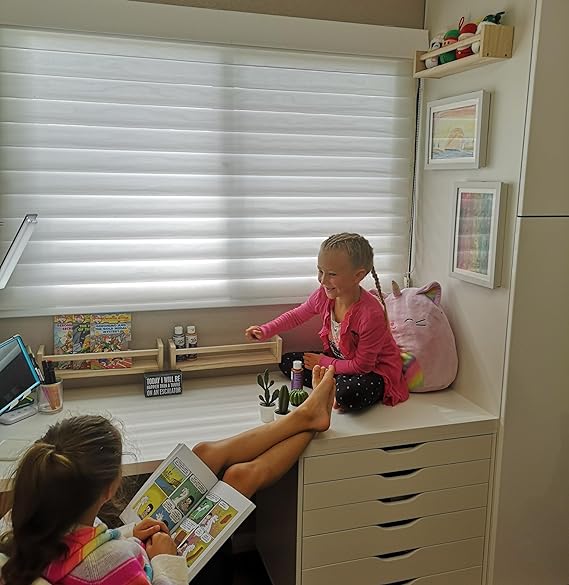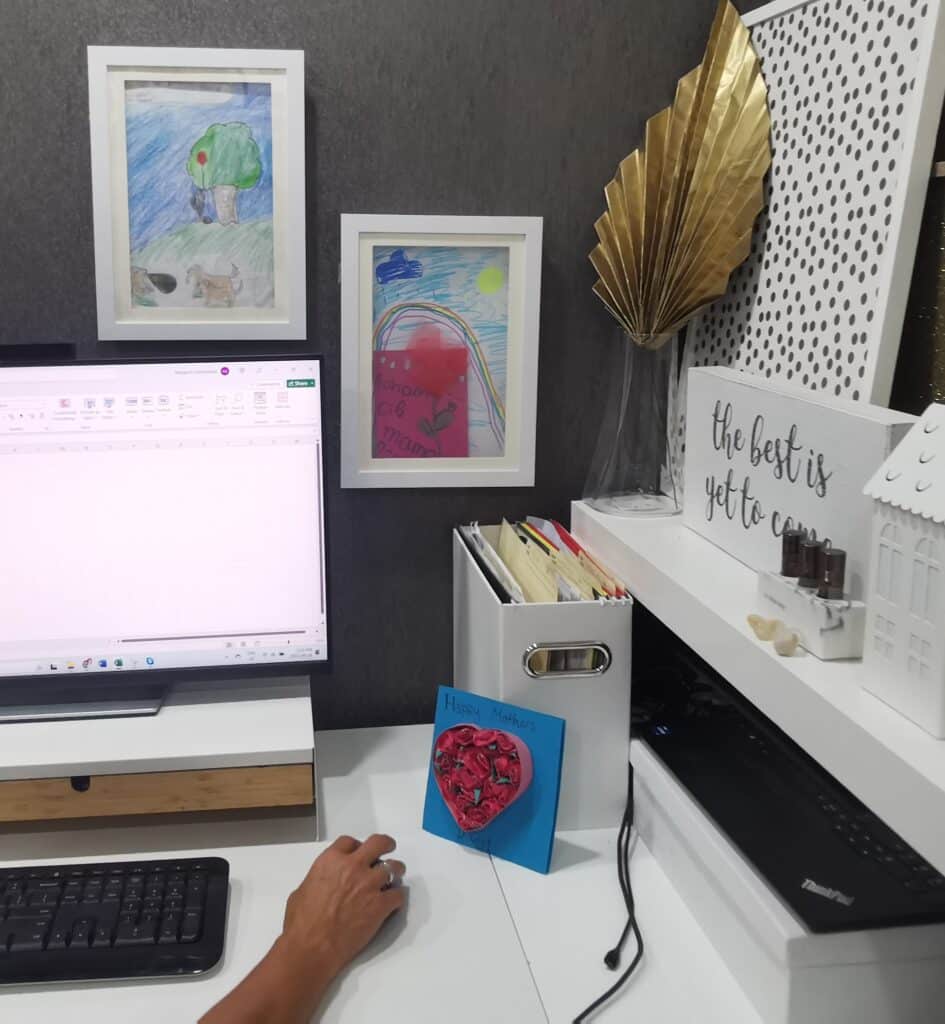No products in the cart.
Get Inspired
4 Ideas On How To Save Kids Art Work
As parents, we all know the struggle of managing our children’s endless supply of artwork. From finger paintings to collages, their creativity knows no bounds. However, we can’t keep every single masterpiece they create. Luckily, there are ways to save and preserve their artwork without cluttering up your home. In this blog post, we’ll explore five creative ideas on how to save your child’s artwork, allowing you to cherish their creativity while keeping your space organized.
The value of children’s artwork
Children’s artwork holds immense value, both sentimentally and creatively. Each stroke of the brush or crayon represents their unique imagination and creative process. Besides being a reflection of their artistic abilities, it also captures a specific moment in their development as individuals. By preserving their artwork, we are not only showcasing their talent but also fostering their self-esteem and
encouraging their future artistic endeavors. Moreover, displaying their creations in the right way can help promote a sense of pride and accomplishment.

In the next few sections, we will explore practical ways to save and showcase their artwork that will make both you and your child proud.
Creative ways to preserve kids’ art
When it comes to preserving your child’s artwork, there are several creative ways you can go about it. These methods not only protect the artwork but also provide an opportunity to display it in unique ways.
1. One option is to take photographs of the artwork and create a digital portfolio. This allows you to store a large number of artworks in a small space, and you can easily share them with friends and family. There are even online platforms specifically designed for showcasing and organizing children’s artwork.
2. Another idea is to create a memory box or scrapbook. This is a wonderful hands-on activity that involves your child in preserving their own artwork. Gather their favorite pieces, along with photographs and mementos, and assemble them in a way that tells a story.

3. If you have a space to spare, consider dedicating a wall or bulletin board solely for displaying your child’s artwork. This not only allows their creativity to shine but also provides a constant reminder of their accomplishments. Switch out the artwork periodically to showcase new pieces and keep the display fresh.
4. Lastly, you can transform your child’s artwork into functional items. For example, scan the artwork and have it printed on items like mugs, pillows, or even clothing. This gives the artwork a new life and allows your child to proudly show it off.
Preserving your child’s artwork is a wonderful way to cherish their creativity and celebrate their achievements. Experiment with these creative ideas and find the one that suits your family best.
Organizing and storing kids’ artwork
Once you have decided on the methods to showcase and display your child’s artwork, the next step is to organize and store it properly. This will ensure that their precious creations are preserved for years to come.
1. One way to stay organized is by creating a system for labeling and categorizing the artwork. Use labeled folders or boxes to keep the artwork sorted by date, theme, or even by the child who created it. This will make it easy to locate specific pieces in the future.
2. Consider investing in archival-quality storage materials such as acid-free folders or portfolio cases. These materials are designed to protect the artwork from yellowing, fading, or getting damaged over time. It’s important to store the artwork in a cool, dry place away from direct sunlight to prevent any harm. To create a cohesive and visually appealing gallery wall, consider grouping similar colors or themes together. You can also mix and match different sizes and orientations for a dynamic look. Don’t forget to label each frame with your child’s name and the date the artwork was created.
3. If you have limited storage space, you can also digitize the artwork by scanning or photographing it. This way, you can create a digital archive to complement your physical collection. Remember to back up the digital files in multiple locations to avoid any loss due to technology failures or accidents. Additionally, you can consider creating a digital photo book or slideshow to showcase their artwork in a creative and interactive way. This not only helps to
protect the physical copies but also adds a personalized touch to the digital collection. By framing and proudly displaying your child’s artwork, you not only celebrate their creativity but also instill a sense of pride and accomplishment in them. Plus, it’s a wonderful conversation starter when guests visit your home.

4. While digitizing your child's artwork is a great way to save and preserve it, there’s something special about seeing their creations displayed on the walls. Framing their artwork not only highlights their talent but also adds a personal touch to your home decor. Investing in quality frames will protect the artwork from dust, sunlight, and other potential damage. Choose frames that are easy to open and close, allowing you to rotate and update the displays as your child creates new masterpieces.
Finally, remember that not every piece of artwork needs to be kept forever. It’s okay to have a designated time for displaying the artwork and then rotate it out to make space for new creations. This keeps the display fresh and exciting, while also preventing clutter from building up. By implementing these strategies, you can embrace your child’s creativity while still maintaining an organized and clutter-free home. Now, let’s move on to exploring the idea of creating a dedicated art storage area.
Conclusion
In conclusion, managing and organizing your children’s artwork can be a challenging task. However, by implementing the ideas mentioned above, you can strike a balance between showcasing their creativity and maintaining a clutter-free home. Creating a dedicated space for their artwork, setting up a system for choosing which pieces to keep, and creating a digital gallery are all effective ways to manage the artwork overload. Remember, not every piece needs to be kept forever, so rotating the display can keep things fresh. By following these strategies, you can create a space that encourages your child’s artistic endeavors while still keeping your home organized and tidy.

